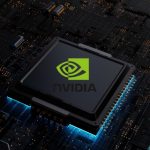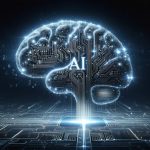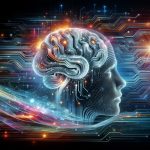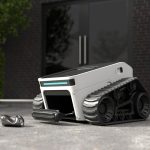Tesla has finalized its design review for the AI5 chip, signaling the company’s intent to advance its in-house silicon development. These chips will play a key role in the launch of the high-volume Cybercab and the Optimus humanoid robot, underscoring Tesla’s ambition to establish proprietary technology for its AI-driven products. Increasing pressure from the competitive AI hardware market continues to drive technological development in the sector. Previous announcements about Tesla’s custom silicon focused on its Dojo supercomputer, but the company now shifts focus to more product-specific AI accelerators.
Earlier coverage of Tesla’s AI efforts emphasized the development of the Dojo chip, designed mainly for training AI models. Recent updates present a distinct shift as AI5 and AI6 are positioned to serve both inference and broader technological applications, unlike the more specialized Dojo. Initial reports anticipated reliance on existing suppliers, but the new approach consolidates development under one architecture and highlights close manufacturing partnerships with TSMC and Samsung. This development strategy differs from previous modular and multi-architecture chip plans, reflecting a more unified and deliberate direction for Tesla’s AI hardware roadmap.
Why Are AI5 and AI6 Significant for Tesla?
The introduction of AI5 and the upcoming AI6 chip is pivotal for enabling Tesla’s next generation of products. Both chips are expected to improve the computational efficiency and performance of platforms like Optimus and Cybercab. With manufacturing starting at TSMC in Taiwan and later expanding to Arizona, Tesla aims to scale production in line with growing product demands. Elon Musk commented,
“Just had a great design review today with the Tesla AI5 chip design team! This is going to be an epic chip. And AI6 to follow has a shot at being the best by AI chip by far.”
How Is Tesla Changing Its Chip Development Strategy?
Tesla is consolidating its silicon expertise to focus on developing a single high-performance architecture, moving away from dual-chip designs. This concentration is intended to optimize both talent and resources, aiming for advancements in performance and efficiency. The approach seeks to deliver what Musk called the “lowest cost silicon and best performance per watt” for models below 250 billion parameters. Musk further stated,
“AI5 will probably be the best inference chip of any kind for models below ~250B params. By far lowest cost silicon and best performance/Watt. AI6 will take that much further.”
Will AI6 Replace Tesla’s Existing Dojo System?
AI6 is positioned as a successor to the earlier Dojo project, with expanded capabilities for both inference and training. Samsung’s upcoming Texas facility is set to produce the AI6 chip, marking a significant step in Tesla’s manufacturing partnerships and product scaling. Industry experts and former engineers from leading companies like Apple and Rivian have noted that AI6 now essentially represents the evolution of Dojo, with Musk showing personal involvement in overseeing factory readiness for production acceleration.
The shift from modular, multi-supplier approaches toward integrated silicon solutions marks a strategic change for Tesla. While past efforts concentrated on the Dojo training system, the AI5 and especially AI6 broaden the scope to include direct product integration and inference workloads. For readers monitoring electric vehicle and robotics innovation, these developments highlight Tesla’s intent to maintain in-house control over key technologies, allowing for tailored performance and potential cost advantages. As more details emerge regarding real-world performance and scaling, industry watchers might gain deeper insights into the challenges and effectiveness of Tesla’s consolidated chip program.










